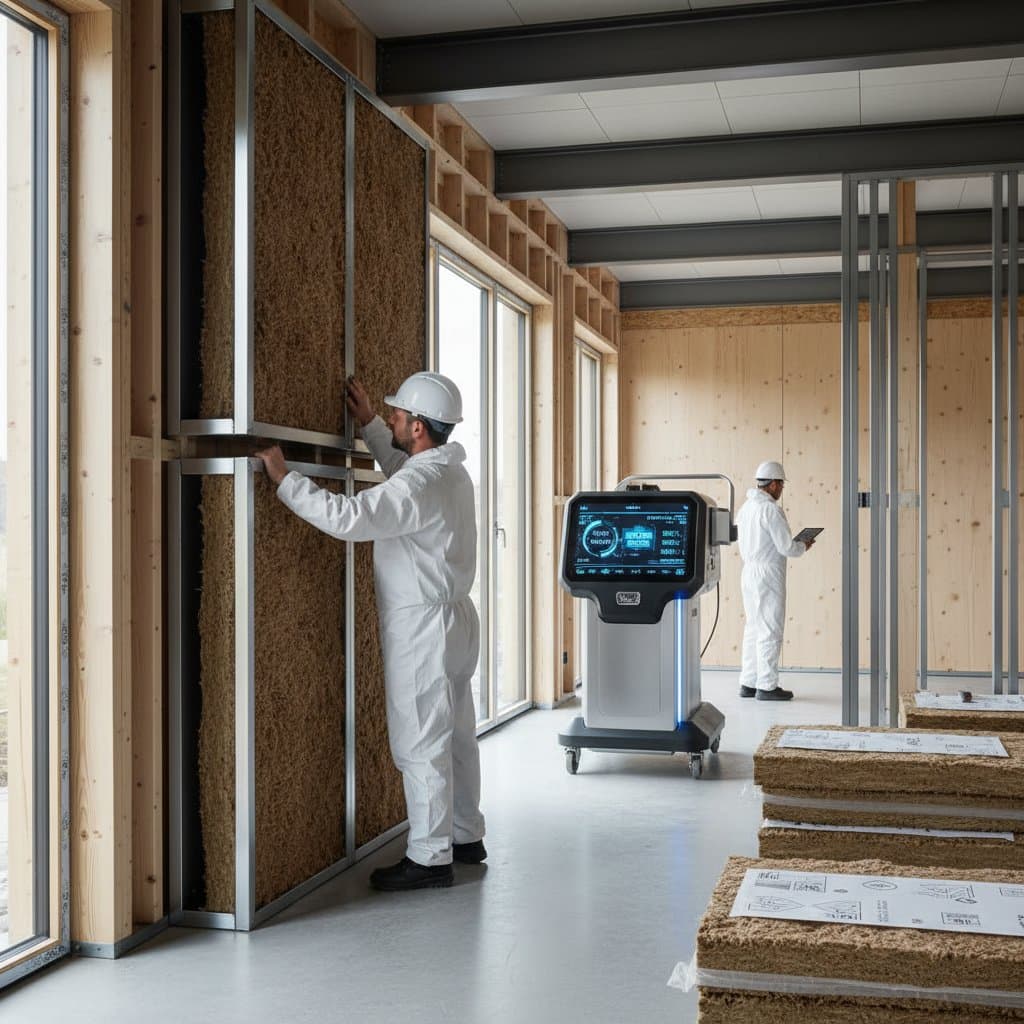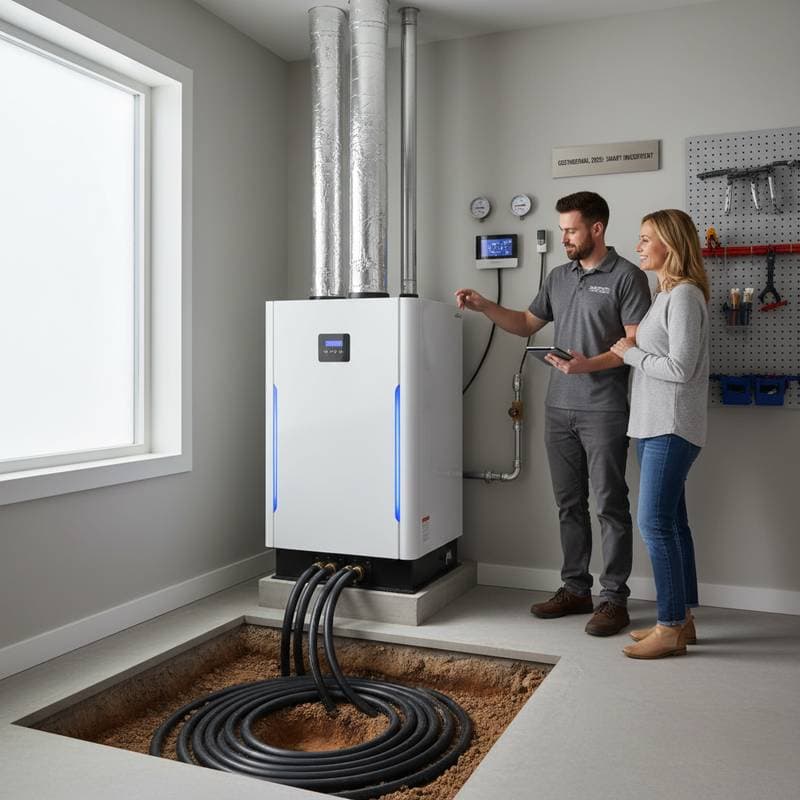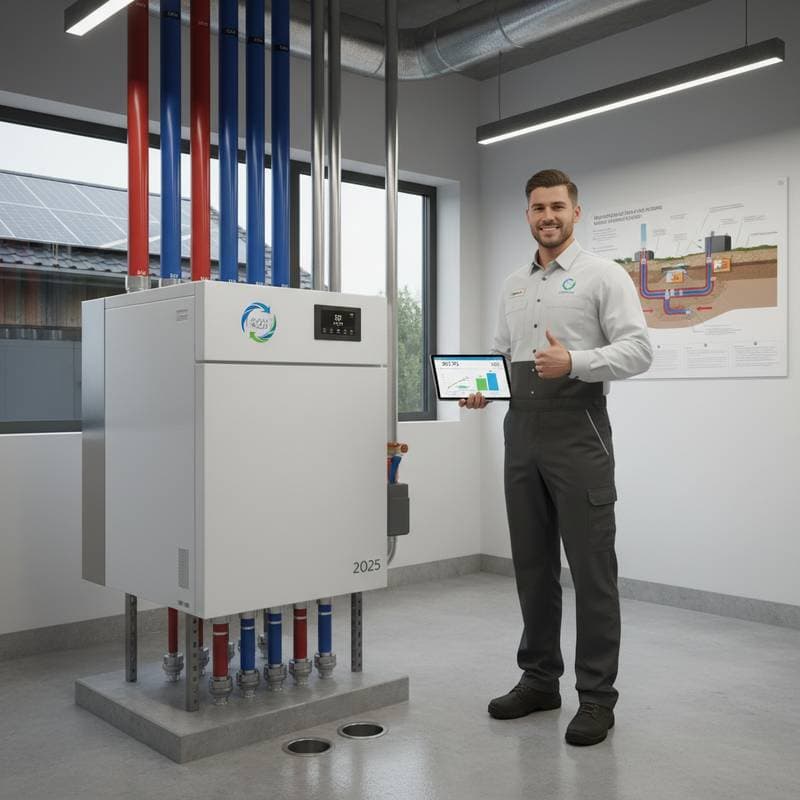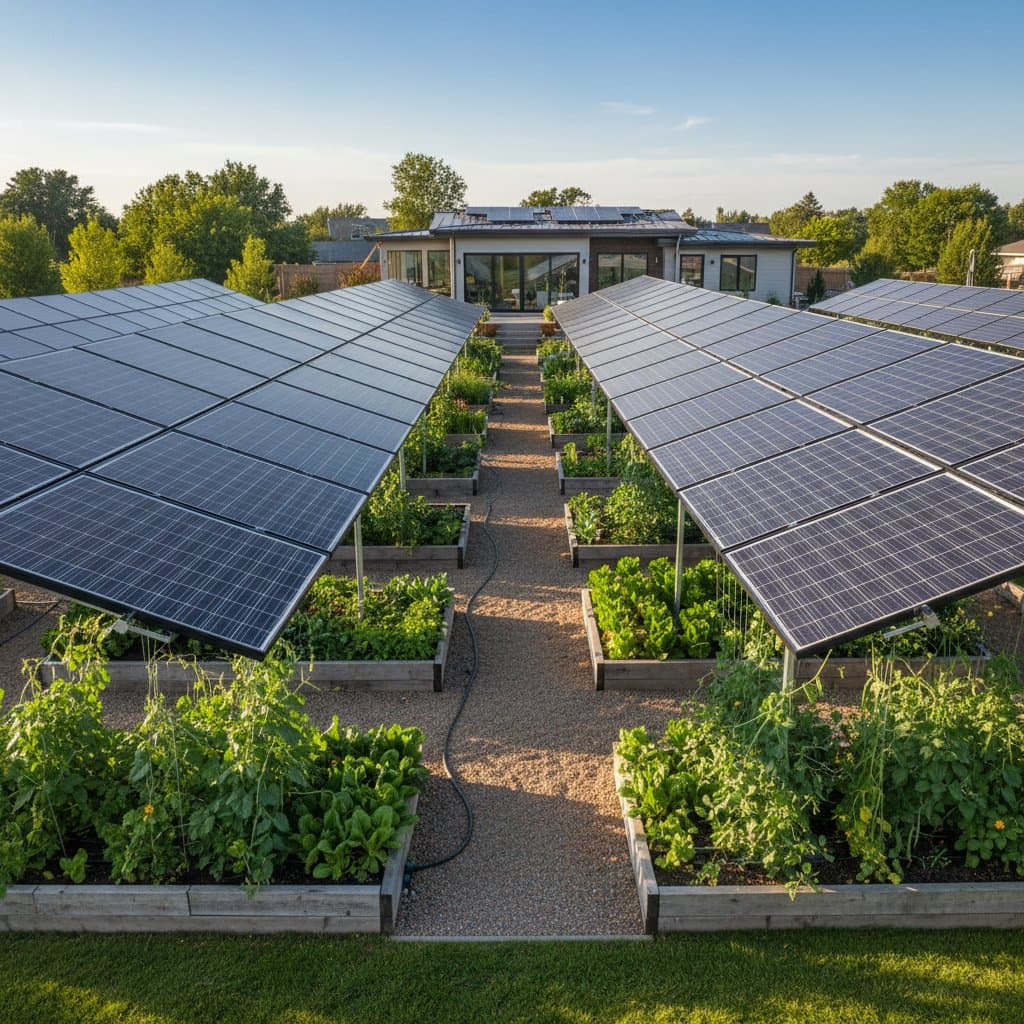Geothermal's Breakthrough Year for Energy Savings in 2025
A home with uniform warmth from floor to ceiling lacks the dry air and cold spots common in traditional setups. This even comfort stems from a subtle underground technology that transforms efficient living. Geothermal heating and cooling, previously limited to major initiatives or environmentally conscious owners, now approaches its peak potential.
Essential Benefits
- Superior energy efficiency: Ground-source heat pumps lower heating and cooling expenses by up to 70 percent relative to standard systems.
- Policy support: Broader tax credits and rebates enhance accessibility for residential and commercial users.
- Enduring investment: Indoor units last over 25 years, while underground loops endure beyond 50 years, yielding exceptional returns.
- Emission reductions: Residential installations eliminate several tons of greenhouse gases each year, advancing broader climate objectives.
- Industry expansion: Projections indicate a sharp rise in deployments, fueled by utility collaborations and diverse financing avenues.
The Core Mechanism of Geothermal
Geothermal systems harness the Earth's stable subsurface temperatures to transfer heat rather than create it. A ground-source heat pump directs fluid through subsurface pipes to capture or dissipate heat based on seasonal needs. During winter, the system draws heat from the ground to warm interiors. In summer, it expels building heat into the earth.
Electricity powers the transfer process alone, enabling efficiencies of 300 to 500 percent. For each unit of electricity used, the system provides three to five units of heating or cooling. U.S. Department of Energy figures reveal reductions in heating energy use up to 65 percent and cooling up to 50 percent. These gains accumulate over time, positioning geothermal as a premier economical clean energy solution for homes and businesses.
Efficiency Comparison
| System Type | Average Efficiency (COP*) | Typical Energy Savings |
|---|---|---|
| Gas Furnace | 0.9 to 0.98 | None |
| Air-Source Heat Pump | 2.5 to 3.0 | 30 to 40 percent |
| Ground-Source Heat Pump | 3.5 to 5.0 | 50 to 70 percent |
*C COP represents Coefficient of Performance, the ratio of heat output to energy input.
These metrics demonstrate that geothermal surpasses most alternatives in annual efficiency performance.
Factors Defining 2025 as a Pivotal Year
2025 aligns technological advancements, regulatory backing, and heightened public knowledge. Experts identify this convergence as geothermal's emergence into widespread use.
1. Enhanced Incentives and Funding Options
Updated policies prolong and amplify federal tax credits for geothermal setups. Local authorities and utilities supplement these with rebates or reduced-rate loans. Homeowners benefit from initial cost reductions of 30 to 40 percent.
Funding innovations progress further. Certain utilities provide thermal energy service agreements, where users pay a fixed monthly amount for services instead of purchasing equipment. This model eliminates upfront expenses and ensures stable billing.
2. Robust Sector Development
Producers optimize designs for simpler deployment and enhanced operation in diverse soils. Smaller drilling tools and prefabricated units accommodate compact urban spaces and challenging retrofits.
Professional development accelerates as well. The International Ground Source Heat Pump Association notes rising numbers of certified technicians, broadening access to skilled services across regions.
3. Escalating Costs and Environmental Imperatives
Utility and fuel rates climb steadily, prompting searches for cost stabilization. Geothermal offers protection from price swings by depending on consistent earth temperatures over variable fuels.
Organizations and communities face mandates to curb emissions. Geothermal installations produce no on-site combustion residues, facilitating direct progress toward reduction benchmarks.
Demonstrated Financial Returns
Geothermal's economic merits extend beyond theory. Home installations achieve payback in five to ten years, influenced by region, consumption, and rebates. Savings persist for decades thereafter.
For a 2,500-square-foot residence using propane, conversion yields annual reductions of $1,500 to $2,000 in heating and cooling, based on regional rates. Paired with incentives, annual returns surpass 12 percent, outpacing conventional upgrades.
Larger facilities experience amplified gains. Educational institutions, healthcare centers, and corporate offices maintain steady climates while minimizing boiler and chiller upkeep. Select universities document annual operational savings exceeding hundreds of thousands after adopting geothermal arrays.
Addressing Frequent Challenges
Geothermal encounters lingering doubts despite its strengths.
Initial Investment Hurdles
Setup expenses range from $20,000 to $35,000 for average homes, varying by terrain. Such figures discourage some, yet long-term savings and minimal upkeep render overall ownership costs competitive.
Deployment Difficulties
Contemporary methods streamline processes. Vertical loops demand little surface area, whereas horizontal or water-based options fit expansive sites. Qualified teams often finish home projects in one week.
Knowledge Gaps
Some equate geothermal with solar or assume climate limitations. Geothermal excels nationwide, from frigid northern seasons to mild southern ones, due to uniform subsurface stability.
Steps to Implement Geothermal
Prospective adopters streamline adoption through targeted preparation.
- Perform an energy assessment to evaluate usage and insulation efficacy prior to proceeding.
- Solicit bids from accredited providers to assess configurations and payment structures.
- Verify eligibility for credits and rebates ahead of agreements.
- Integrate with landscape plans, as work may alter grounds briefly.
- Inquire on upkeep routines, typically limited to filter replacements and routine checks.
Securing Geothermal Benefits
Owners prioritizing durability, ease, and sustainability gain tangible outcomes from geothermal. Rising familiarity and bolstered support elevate it to standard practice.
2025 signals geothermal's shift from specialized to routine efficiency. Early action locks in reduced expenses, sustainable practices, and enhanced comfort for years ahead.
The earth's reliable energy source lies ready. Strategic planning and expert guidance turn this resource into an optimal choice for energy management.








